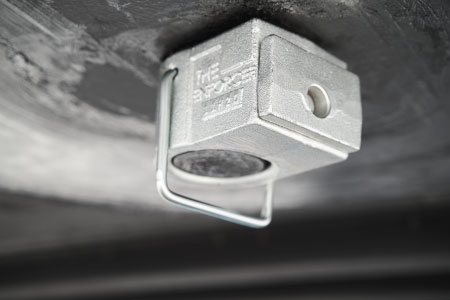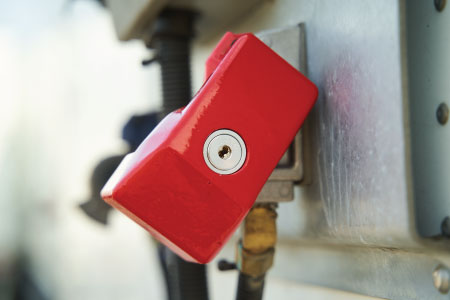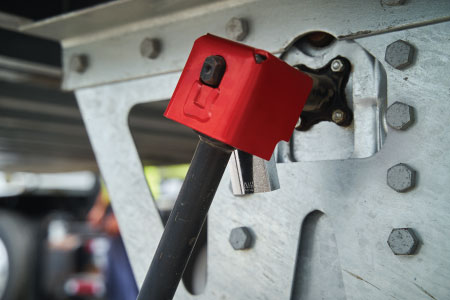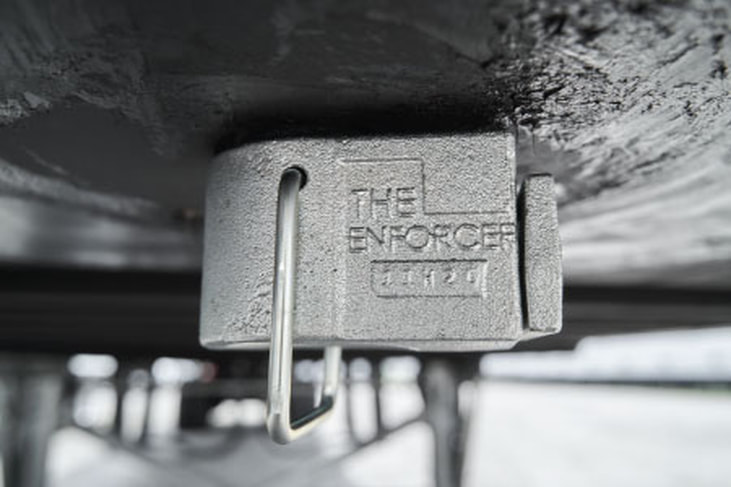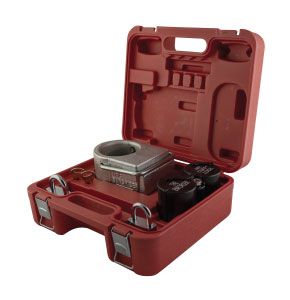Truck, Trailer & Container Protection Starts Here.
END-TO-END SOLUTIONS.Designed for the rugged supply chain environment.
|
ENFORCER TRUCK, TRAILER & CONTAINER LOCKSSecure your truck, trailer and container with the ENFORCER cargo security products. Our proven locks have been protecting the trucking, supply chain, portable storage, construction and retail sectors for over 40 years. Products include ABLOY® heavy duty padlocks and security devices that incorporate ABLOY lock cylinders or padlocks. ABLOY locks function reliably in extreme environments and allow for various master keying systems. ABLOY is part of the ASSA ABLOY Group, the global leader in access solutions.
|
CUSTOMIZED KEYING SOLUTIONSWe offer customized keying solutions for our products. Fleets can have locks keyed alike, different or different but to a master system with one key that can open all of the locks. Many large fleets choose to key each location or terminal to a different key code with a master key that opens locks to all locations.
|
Example of locks keyed different by location or terminal to a master system. Master key opens all key codes.
Master Key Opens All Key Codes |
Multiple Locks. One Key.
|
High Quality MaterialsWe use the finest materials including case hardened steel shackles, chrome plated spring steel and high impact resistant polycarbonate material.
|
Excellent Customer ServiceWe know our product, respond quickly and take the time to listen to and answer any questions you may have. We appreciate our clients!
|
Master Systems & Key ControlWhether you are securing two trucks or an entire fleet, we offer master systems keyed in a variety of options with key control protocols.
|
Superior PerformanceFor over 40 years, Transport Security has been the chosen security partner for thousands of companies and fleets throughout the world.
|

